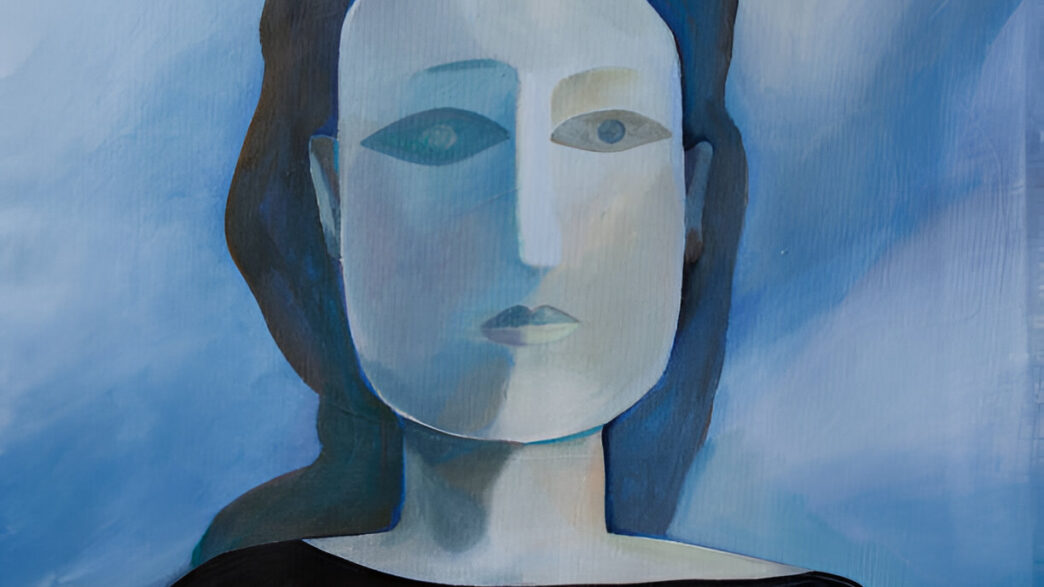Domestic violence is a serious issue affecting women across India. To combat this, the Indian government enacted the Protection of Women from Domestic Violence Act in 2005. This landmark law provides a framework for protecting women from various forms of abuse within domestic settings.
Understanding Domestic Violence
What is Domestic Violence?
The Act defines domestic violence broadly. It includes any act, omission, or conduct that:
-
Harms or endangers the health, safety, or well-being of a woman. This includes physical, sexual, verbal, emotional, and economic abuse.
-
Coerces a woman to meet unlawful demands for dowry or other property.
-
Threatens a woman or her relatives.
Who is an “Aggrieved Person”?
The Act protects any woman who is or has been in a domestic relationship with the respondent and alleges being subjected to domestic violence. This also includes women living in a relationship akin to marriage.
Defining Domestic Relationship:
This is a relationship between two individuals who have lived together in a shared household, related through:
-
Consanguinity (blood relations)
-
Marriage
-
Relationships similar to marriage, or adoption
-
Family members living together in a joint family
Key Definitions Under the Act
-
Child: A person below the age of 18, including adopted or step-children.
-
Respondent: An adult male person with whom the aggrieved person has a domestic relationship and who is accused of violence.
-
Shared Household: A place where the aggrieved person lives or has lived in a domestic relationship. It includes places owned or tenanted by either or both parties.
-
Protection Officer: An officer appointed by the State Government to assist the Magistrate and the aggrieved person.
-
Service Provider: A registered entity providing legal aid, medical aid, or financial assistance to women facing domestic violence.
Legal Rights and Remedies
The Act provides several important rights and remedies for women:
-
Right to Reside in a Shared Household: Women have the right to live in their shared household, regardless of their legal ownership of it. They cannot be evicted without legal procedure.
-
Protection Orders: A Magistrate can issue a protection order prohibiting the respondent from:
-
Committing any acts of domestic violence.
-
Aiding or abetting domestic violence.
-
Entering the workplace or school of the aggrieved person.
-
Communicating with the aggrieved person.
-
Alienating assets.
-
Causing violence to the dependents and/or other relatives.
-
-
Residence Orders: The court can issue orders restraining the respondent from:
-
Dispossessing the woman from the shared household.
-
Disturbing her possession of the shared household.
-
Entering the shared household or any part of it.
-
Alienating the shared household.
-
The court may also direct the respondent to provide alternative accommodation or pay the rent for the same, if the circumstances so require.
-
-
Monetary Relief: The Magistrate can order the respondent to pay monetary relief to cover expenses incurred by the aggrieved person. This includes:
-
Loss of earnings.
-
Medical expenses.
-
Damage to property.
-
Maintenance for the aggrieved person and her children.
-
-
Custody Orders: The Magistrate can grant temporary custody of the children to the aggrieved person. It also specifies the arrangements of the respondent to visit the child.
-
Compensation Orders: The Magistrate can order the respondent to pay compensation for injuries, mental torture, and emotional distress caused by domestic violence.
-
Interim and Ex Parte Orders: The Magistrate can issue immediate interim orders or orders in the absence of the respondent (ex parte orders) in urgent cases.
The Role of Protection Officers and Service Providers
-
Protection Officers: These officers are crucial in assisting the Magistrate and the aggrieved person. They help in filing the domestic incident report (DIR), obtaining legal aid, and ensuring compliance with court orders.
-
Service Providers: Registered service providers offer legal, medical, and financial assistance to women facing domestic violence.
How to Seek Relief Under the Act?
-
Application to the Magistrate: An aggrieved person or a Protection Officer can file an application to the Magistrate for relief.
-
Domestic Incident Report (DIR): A DIR is essential to proceed with the application. The Magistrate considers this report before passing any orders.
-
Service of Notice: The Magistrate issues notice to the respondent to appear before the court.
-
Counselling: The Magistrate may direct parties to undergo counseling.
-
Court Proceedings: The Magistrate hears both sides and passes appropriate orders.
-
Enforcement: The Act ensures that court orders are enforced, and there are penalties for breach of protection orders.
Offences and Penalties
-
Breaching a protection order can result in imprisonment for up to one year, a fine of ₹20,000, or both.
-
Protection Officers who fail in their duties can face similar penalties.
Important Points
-
The Magistrate has to dispose of the matter within 60 days from the date of first hearing.
-
The Act is enforced throughout India.
-
Orders passed under this Act can be enforced nationwide.
-
The Act supplements other existing laws and provides an additional layer of protection to women facing domestic abuse.
The Protection of Women from Domestic Violence Act, 2005 is a vital tool for women facing abuse in India. It empowers women to seek immediate protection, residence, monetary relief, and compensation. Understanding the key provisions of this Act is crucial for both legal professionals and the general public. It is not just a law but also a promise of safety and dignity for women in India.




